Reviewed by Julianne Ngirngir
When rumors about iPhone accessories start circulating, design consistency usually serves as a key credibility marker. But sometimes, the devil is in the details—and those details can unravel an entire rumor faster than you can say "fake leak." The recent buzz around TechWoven's iPhone 17 crossbody strap has tech enthusiasts scratching their heads, not because of what it promises, but because of what it gets wrong.
Here's where it gets interesting: Apple's own accessory disasters with their FineWoven case line provide the perfect benchmark for evaluating third-party quality. When even Apple—with unlimited resources and direct access to device specifications—can create accessories that fundamentally fail, it reveals exactly what to watch for in speculative third-party products. The timing couldn't be more perfect for understanding what separates legitimate accessories from cash-grab knockoffs.
Why design inconsistencies matter more than you think
Apple's ecosystem thrives on seamless integration, and when third-party accessories miss the mark, it's usually obvious to trained eyes. Think about it—Apple built their reputation on products that work together flawlessly, where every cutout, every curve, every material choice serves a purpose.
The TechWoven crossbody strap's problems become crystal clear when you understand Apple's precision standards. The strap exhibits classic red flags: misaligned attachment points that don't match Apple's current design language, material choices that clash with the iPhone's premium feel, and most tellingly, connector accommodations that suggest guesswork rather than actual specifications.
Manufacturing precision matters immensely, and Apple's own FineWoven case failures prove this point perfectly. Even with direct access to iPhone 15 specifications, Apple created cutouts so narrow and imprecise that many standard USB-C cables don't fit through the hole. The edges of connectors are just ever-so-slightly too wide, and the cutouts vary from case to case—some aren't even properly centered.
What's particularly revealing is that Apple's own USB-C cables fit through the FineWoven case's hole with no problem. This suggests Apple designed the cutout specifically for their cables rather than following standard USB-C specifications. If Apple can get their own specifications wrong, imagine the challenges facing third-party manufacturers working from leaked dimensions and blurry spy photos.
The telltale signs of rushed accessory development
When accessory makers jump the gun on unreleased products, certain patterns emerge that savvy consumers can spot from a mile away. You know the type—the knockoff cases that appear on Amazon weeks before Apple even announces a new iPhone, claiming to be "based on leaked dimensions."
The TechWoven strap hits every warning sign on the list. First, the attachment mechanism doesn't align with Apple's current MagSafe philosophy, suggesting the designers are working from outdated assumptions about iPhone 17 connectivity. Second, the material quality appears inconsistent in promotional photos, with visible texture variations that Apple would never approve. Third, the overall aesthetic feels more like a generic smartphone accessory with Apple branding slapped on rather than something designed specifically for iPhone integration.
Quality control becomes the smoking gun. Here's a reality check: Apple Stores are having to replace their FineWoven case displays at least once a day because they become so gross-looking. If Apple's own premium accessories can't survive basic retail display conditions, what does that tell us about third-party products rushing to beat them to market?
The retail response is equally telling. Apple Store employees are actively encouraging buyers to opt for silicone cases or third-party alternatives instead of the FineWoven cases. When retail staff steer customers away from their own company's premium product, that's the ultimate credibility test—and the TechWoven strap would likely fail it spectacularly.
What Apple's FineWoven disaster teaches us about accessory credibility
The FineWoven case debacle offers crucial insights that extend far beyond Apple's own manufacturing mishaps. It's actually a perfect case study in what happens when marketing promises collide with engineering reality—lessons that apply directly to evaluating third-party accessory claims.
Consider the durability implications. The velvety material that Apple refers to as "suede" in their marketing showed what one reviewer's case looked like after less than 48 hours of use—and the results were devastating. We're talking about significant wear and deterioration in under two days of normal use from a company known for premium materials.
This real-world failure rate reveals something crucial about accessory development timelines. Apple had years to perfect the FineWoven formula, unlimited testing resources, and complete control over their supply chain. Yet they still released a product so flawed that store employees actively discourage its purchase. The question becomes: if Apple can't get accessory development right with every advantage, how can we expect third-party manufacturers working from speculation to succeed?
The answer lies in understanding that legitimate accessory makers don't rush to market with unproven designs. They wait for official specifications, conduct extensive testing, and prioritize long-term reputation over short-term profits. The TechWoven strap represents the opposite approach—capitalizing on iPhone 17 rumors with a product that shows clear signs of speculative development rather than informed design.
How to spot legitimate vs. speculative iPhone accessories
The key difference between legitimate accessories and speculative knockoffs often comes down to attention to detail and manufacturing consistency. It's like the difference between a tailor-made suit and something grabbed off a discount rack—both might look similar at first glance, but the quality reveals itself quickly.
Here's your practical checklist for evaluating pre-release accessories:
PRO TIP: Manufacturing Precision Indicators
Check cutout alignment in product photos—legitimate manufacturers show precise, consistent openings
Look for material consistency across all promotional images
Verify that design language matches Apple's current aesthetic direction
Examine attachment mechanisms for compatibility with existing Apple accessories
The TechWoven strap fails multiple criteria on this list. The attachment points appear misaligned in promotional photos, the material texture varies between shots, and the overall design feels disconnected from Apple's current direction. These aren't minor aesthetic preferences—they're fundamental indicators of manufacturing capability and design understanding.
Design fundamentals that Apple typically gets right include precise cutouts, consistent material quality, and alignment with their broader design language. Even when Apple stumbles—like with the FineWoven cases—their mistakes teach us exactly what to look for. The fundamental design problems with FineWoven cases show us how quickly precision issues compound into usability disasters.
Bottom line: legitimate accessories come from manufacturers with proven track records, proper quality control processes, and the patience to wait for official specifications rather than rushing to market with speculation-based products. If a company can't wait for Apple's official announcement, they probably can't deliver on their quality promises either.
What this means for iPhone 17 rumors and beyond
The TechWoven crossbody strap controversy highlights a broader issue in the Apple accessory ecosystem: the rush to capitalize on rumors often produces products that undermine their own credibility. It's a classic case of putting the cart before the horse—or in this case, the accessory before the actual device.
Apple's own accessory missteps with FineWoven cases provide the perfect context for understanding this problem. If Apple—with complete access to device specifications, unlimited testing resources, and years of development time—can create accessories that fundamentally suck, the challenges facing third-party manufacturers working from incomplete information become crystal clear.
For consumers, this means developing a more sophisticated approach to pre-release accessory evaluation. Don't get swept up in the excitement of being first to market with the latest gear. Instead, focus on manufacturers who demonstrate patience, precision, and proven track records. Look for companies that wait for official specifications, conduct thorough testing, and prioritize long-term customer satisfaction over quick profits.
The iPhone 17 is still months away from any official announcement, let alone release. Any accessories claiming compatibility are, by definition, speculative. The TechWoven strap represents exactly why this speculation-based approach fails: without official specifications, manufacturers resort to guesswork, and guesswork inevitably leads to the kind of design inconsistencies and quality problems that Apple's own FineWoven experience demonstrates so clearly.
Here's your action plan: When evaluating iPhone 17 accessories over the coming months, apply the lessons from Apple's FineWoven disaster. Look for precision in manufacturing details, consistency in material quality, and alignment with Apple's established design principles. Most importantly, remember that the companies worth your trust are the ones willing to wait for facts rather than betting on rumors.
The tech accessory world moves fast, but quality manufacturing and thoughtful design take time. The companies that understand this balance—and can demonstrate it through consistent execution—are the ones that will deliver accessories worthy of your iPhone investment.




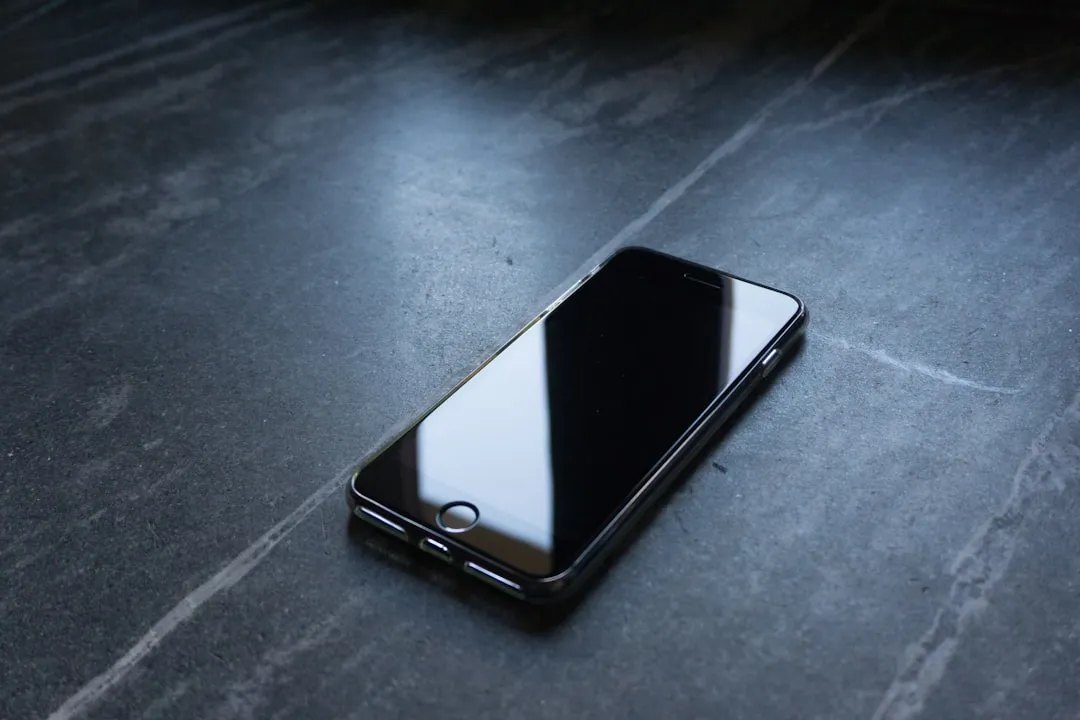
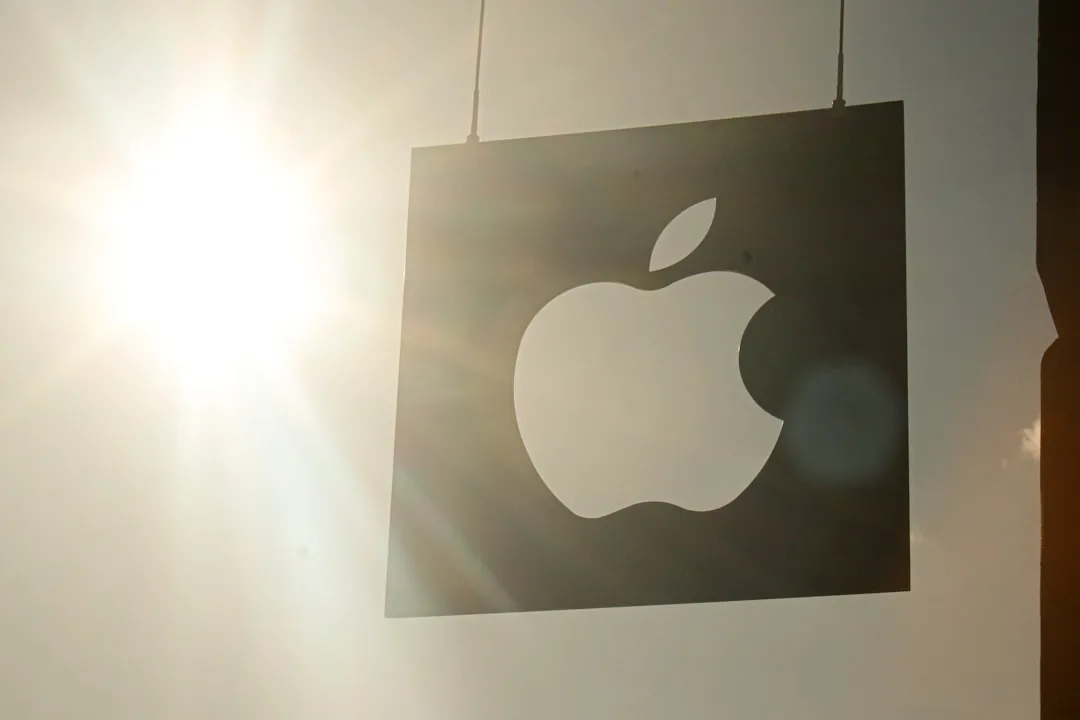


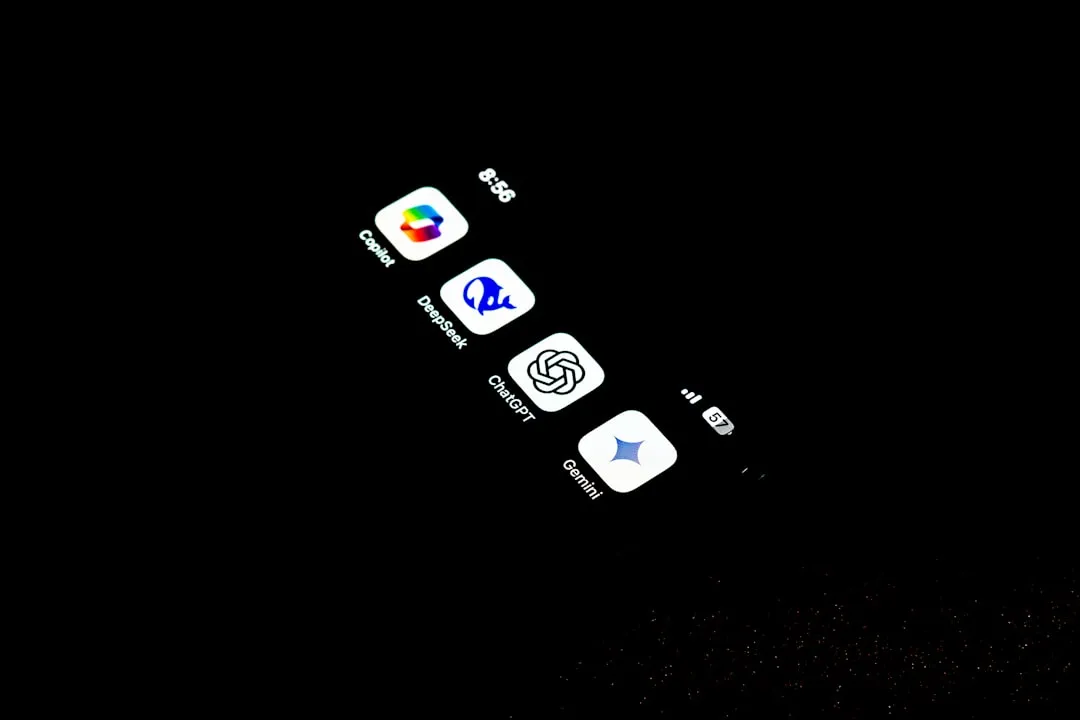
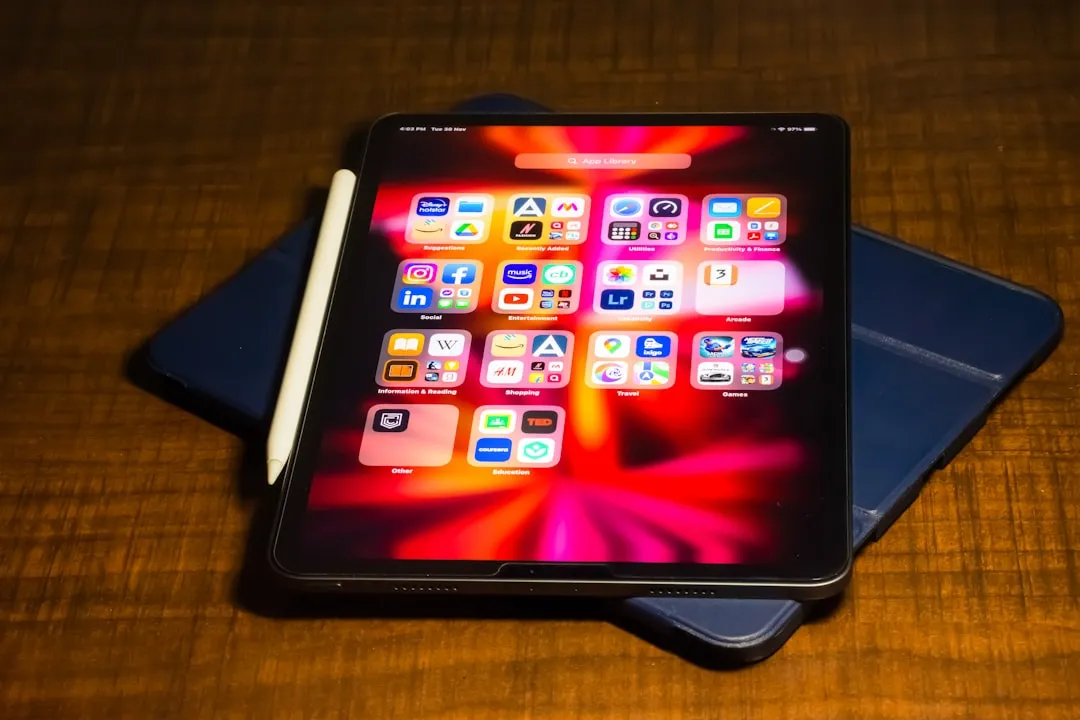
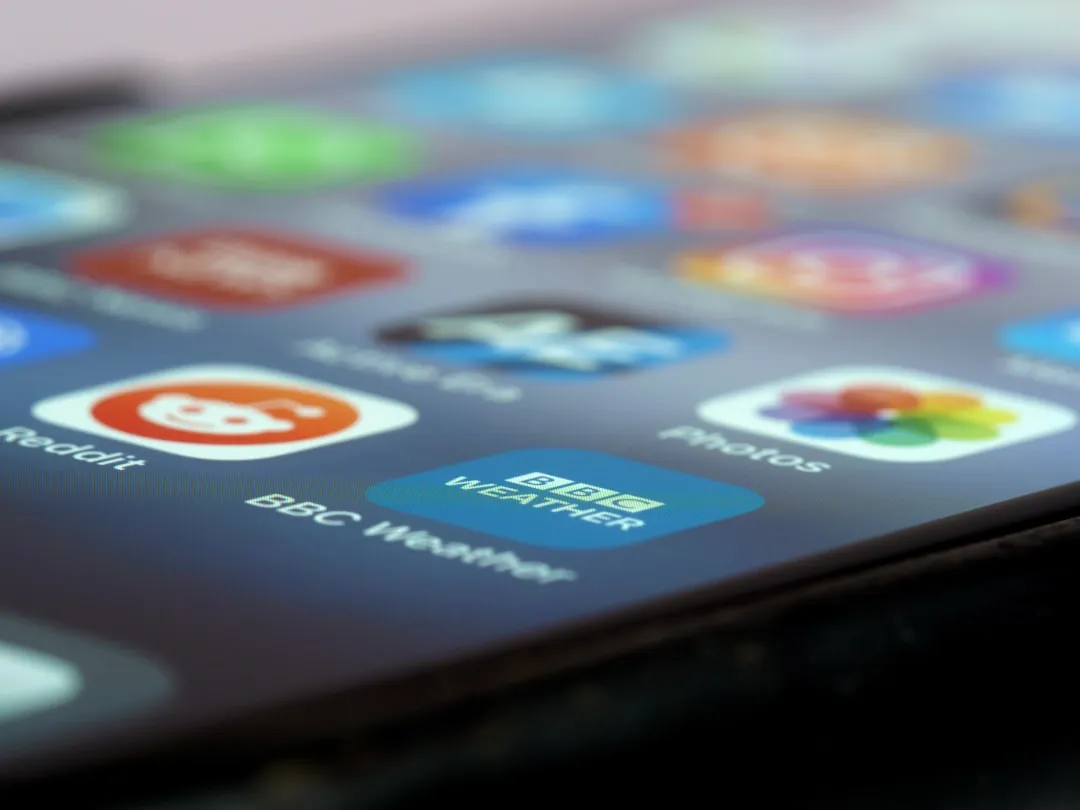
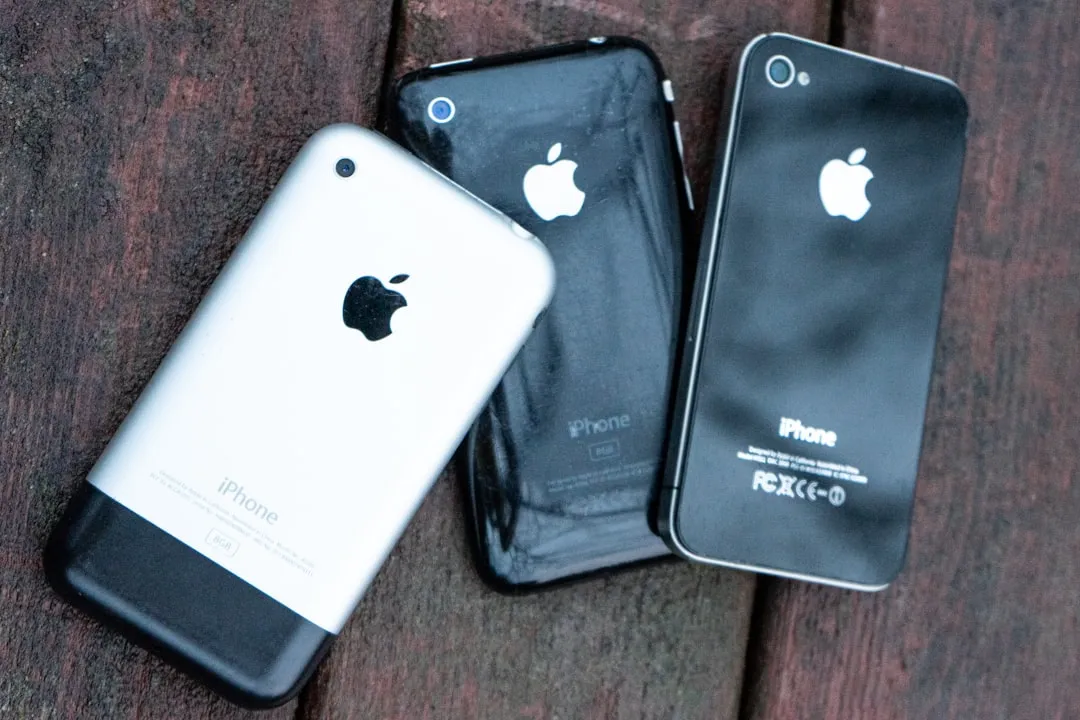

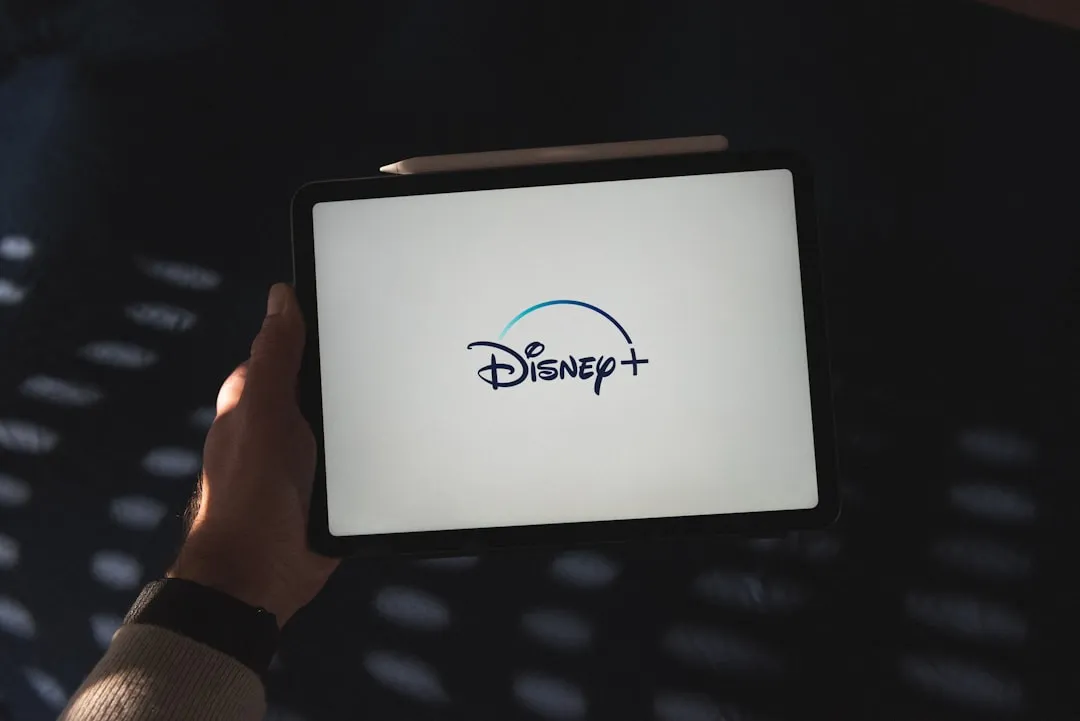
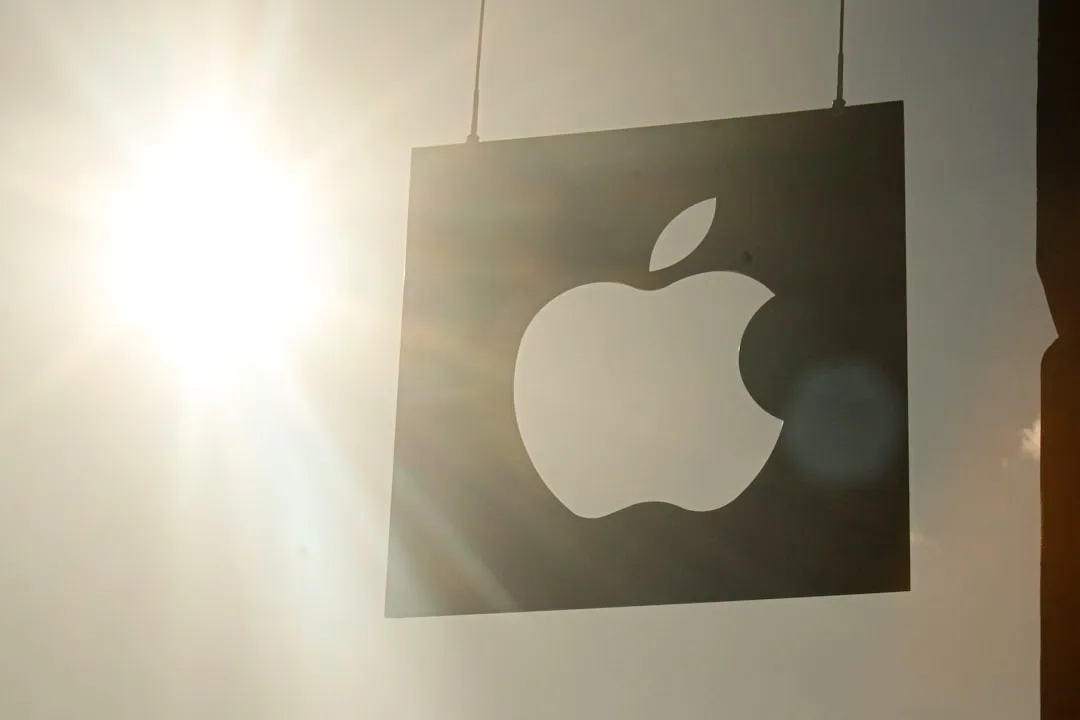
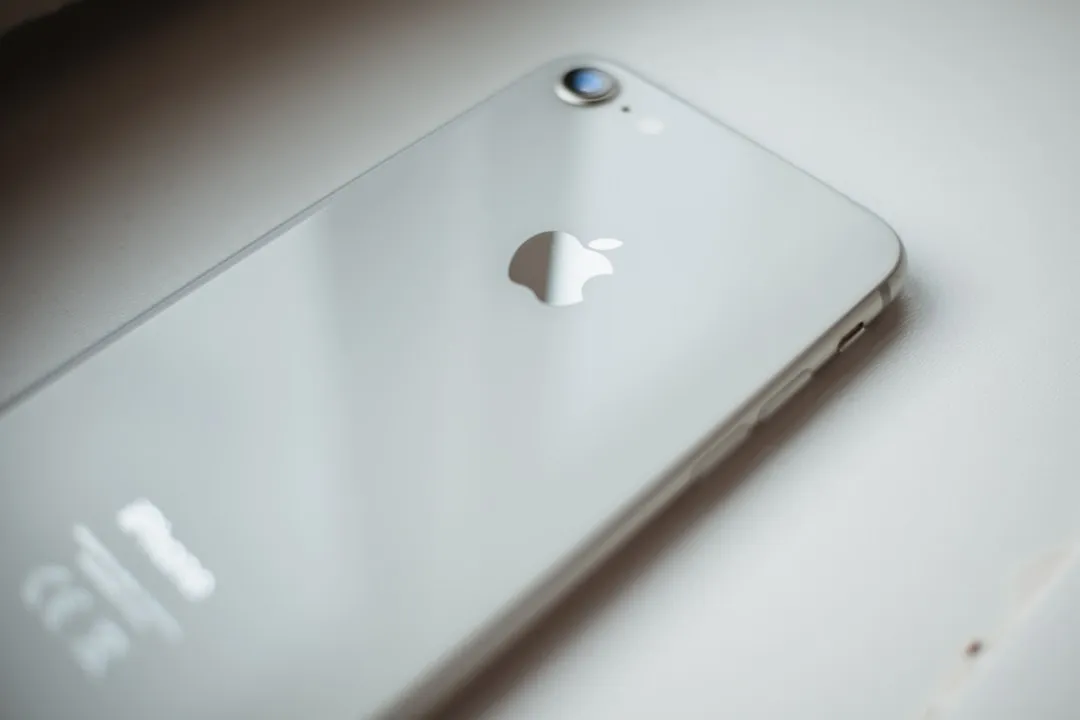
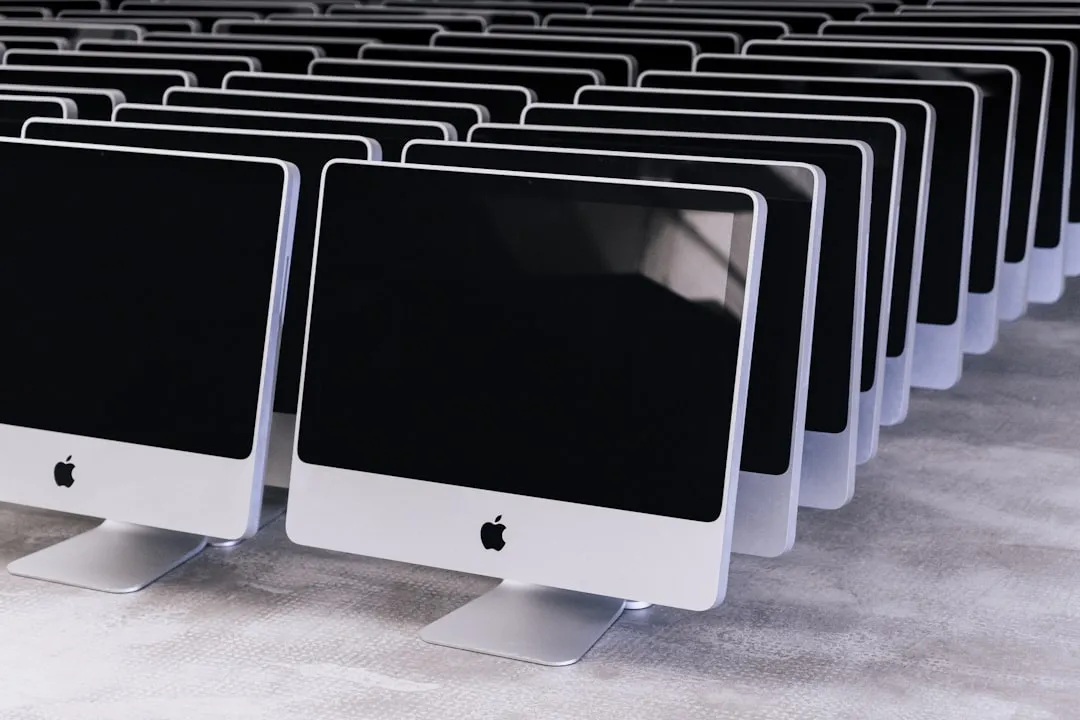
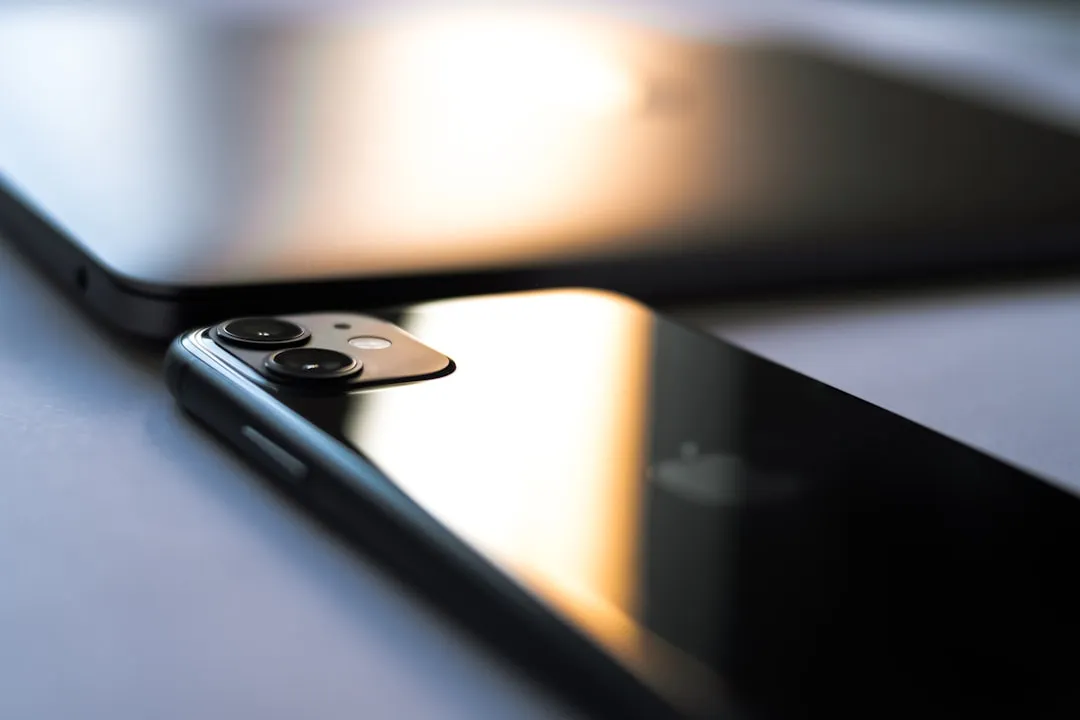
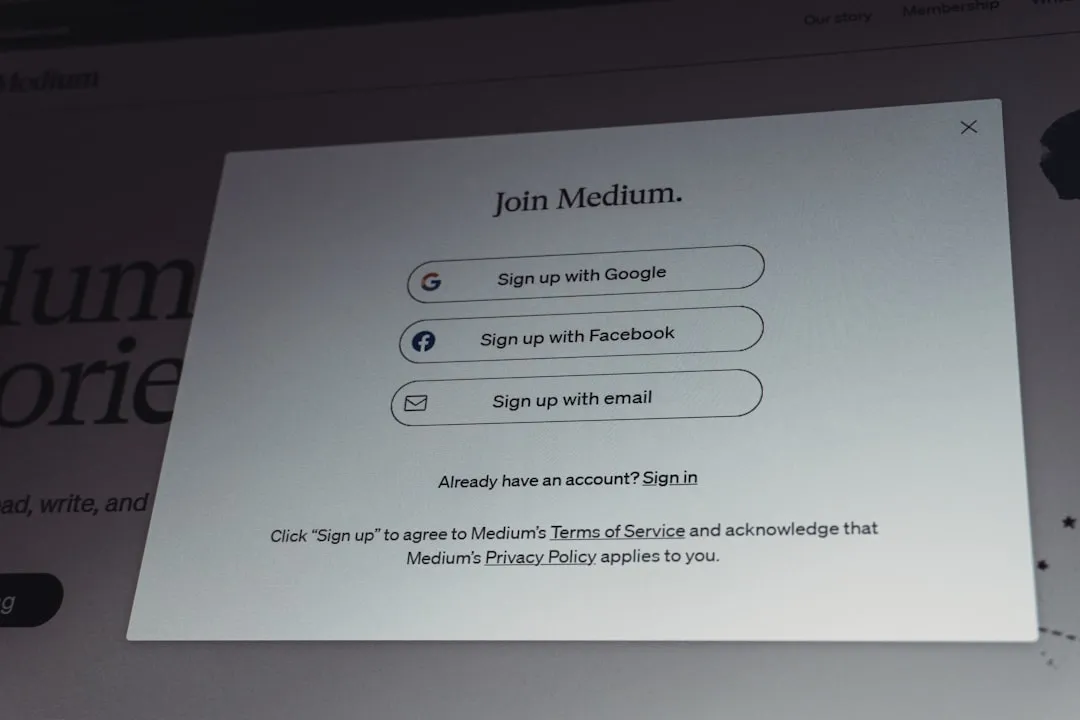
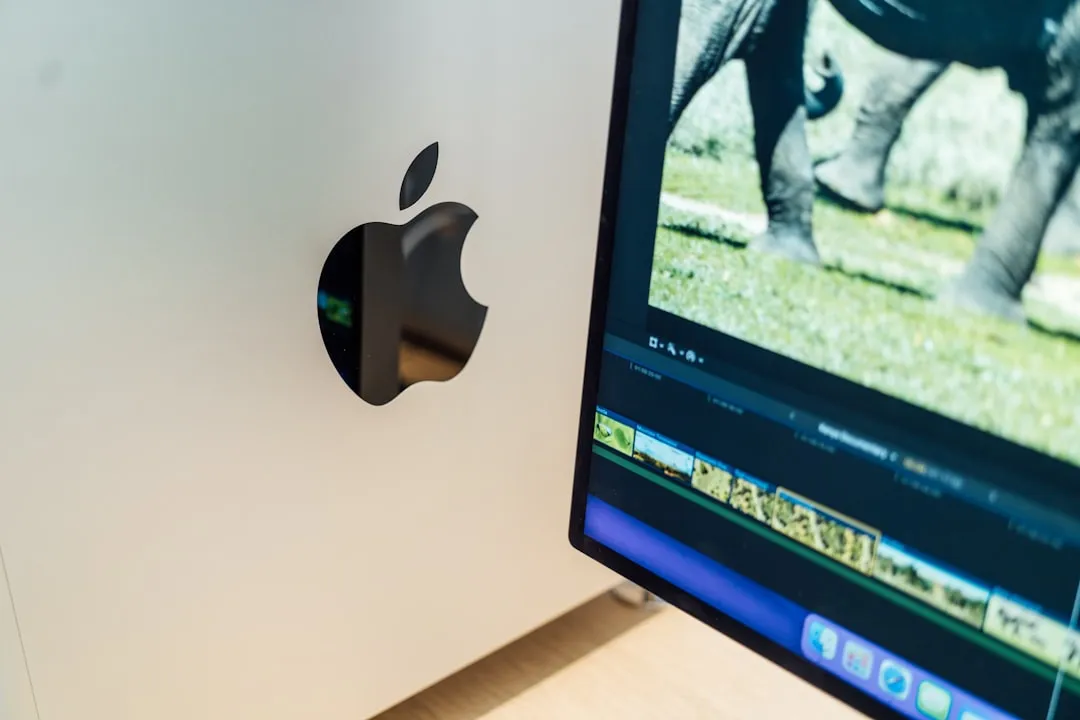
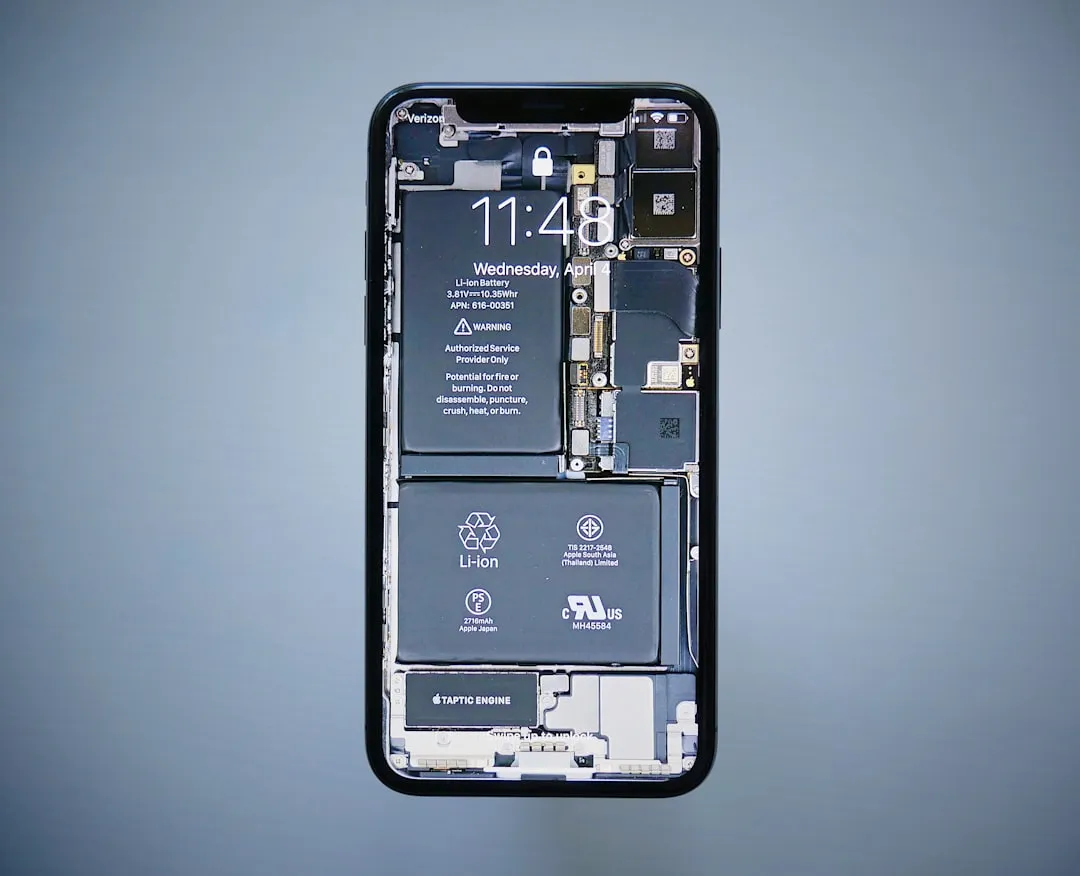

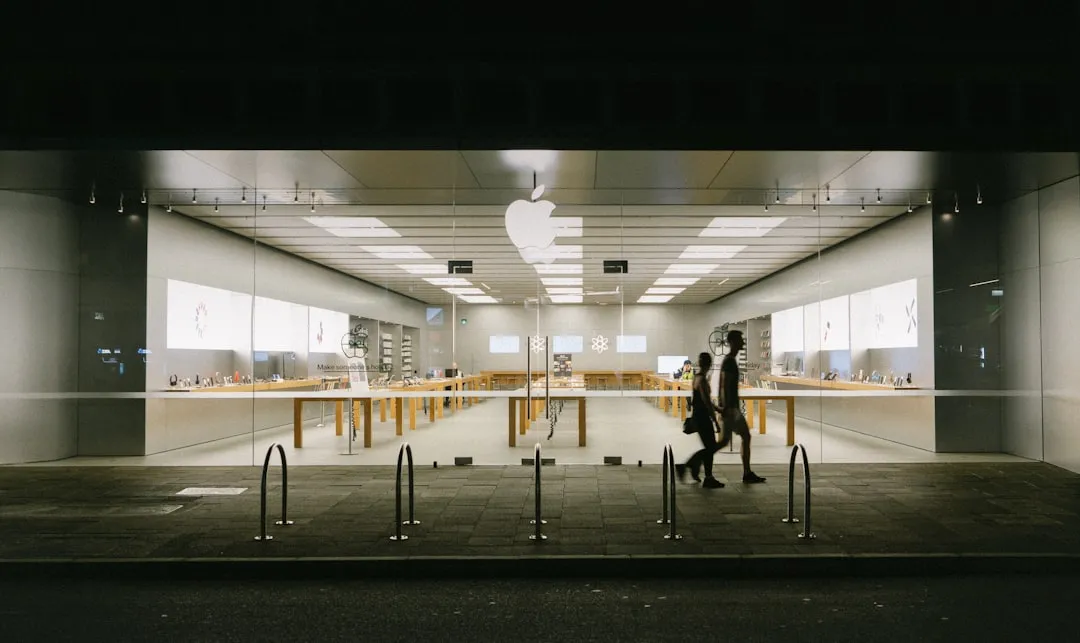
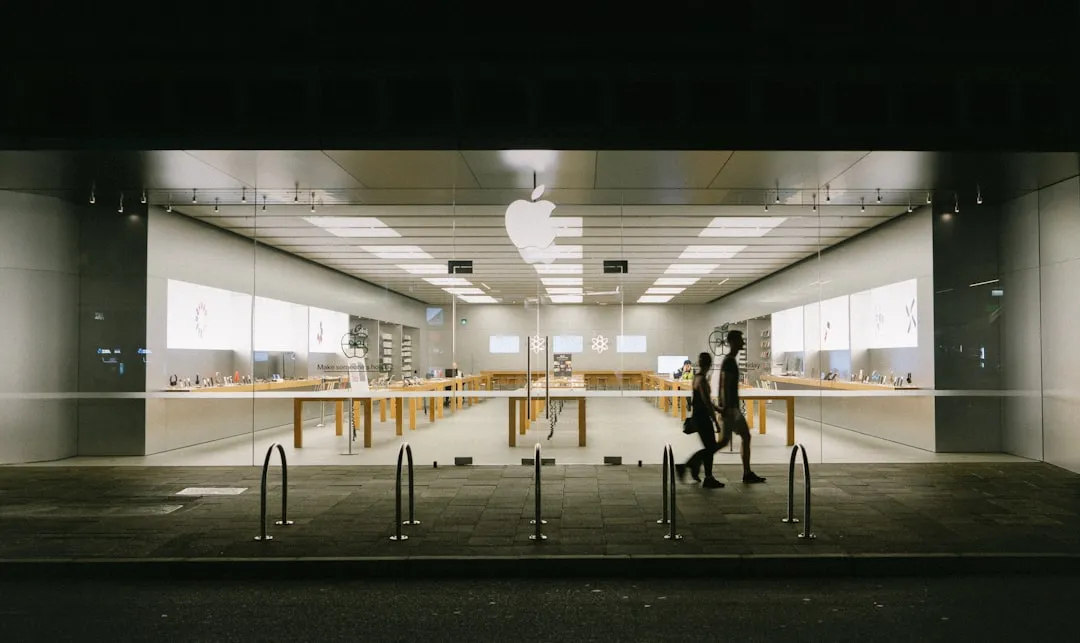

Comments
Be the first, drop a comment!